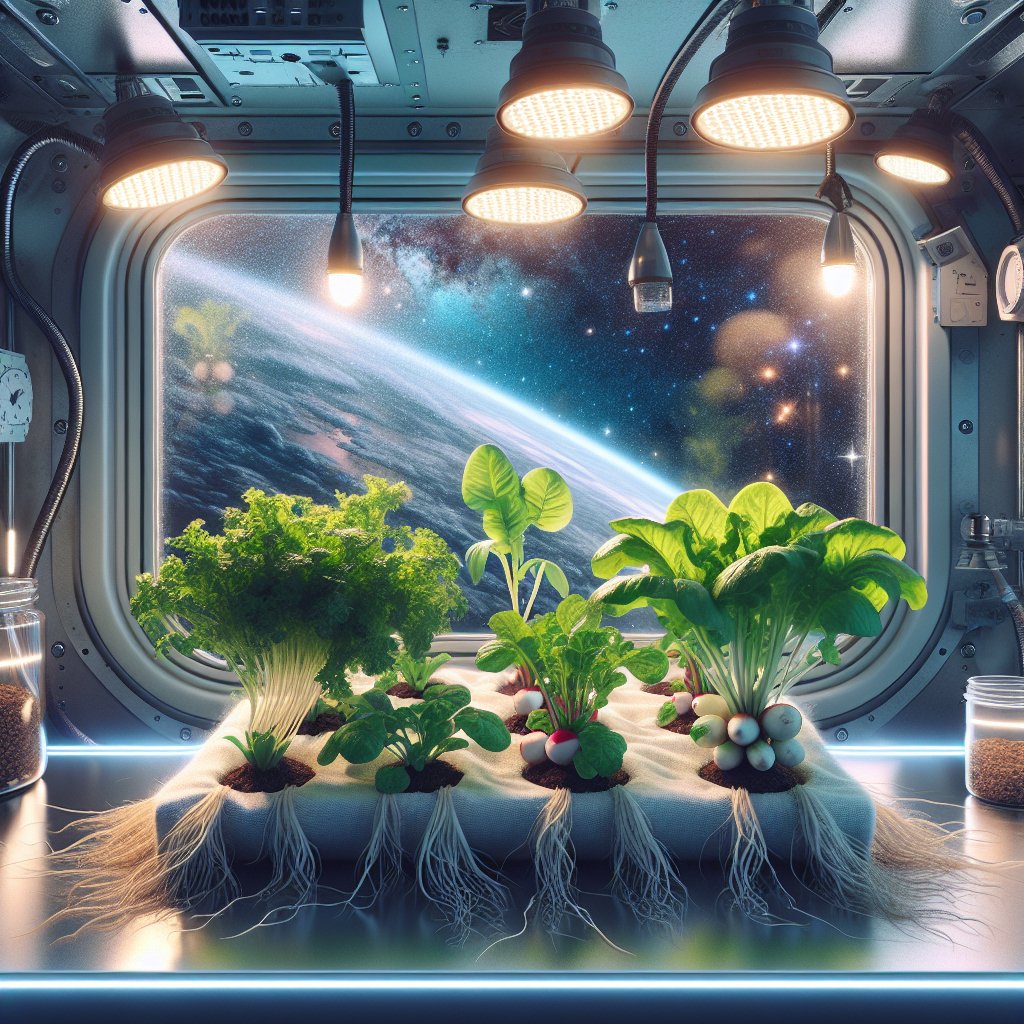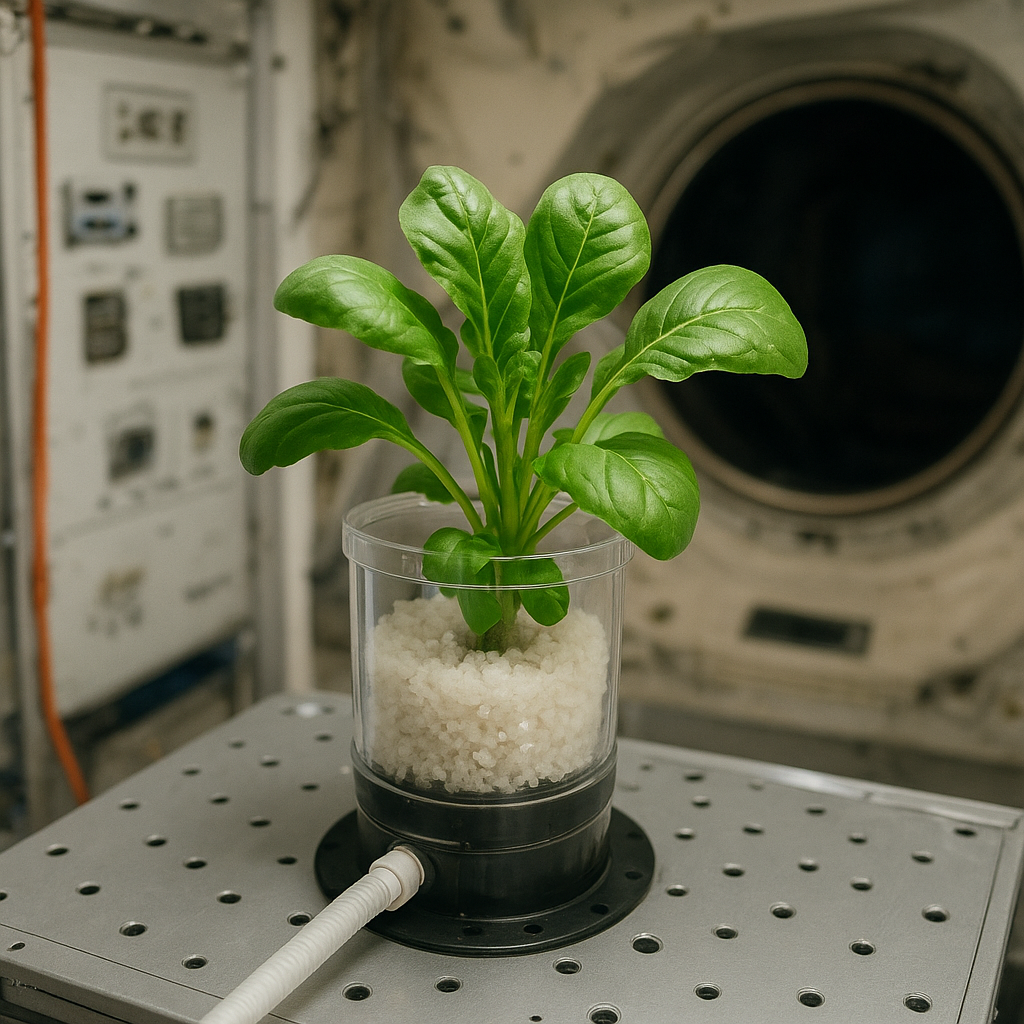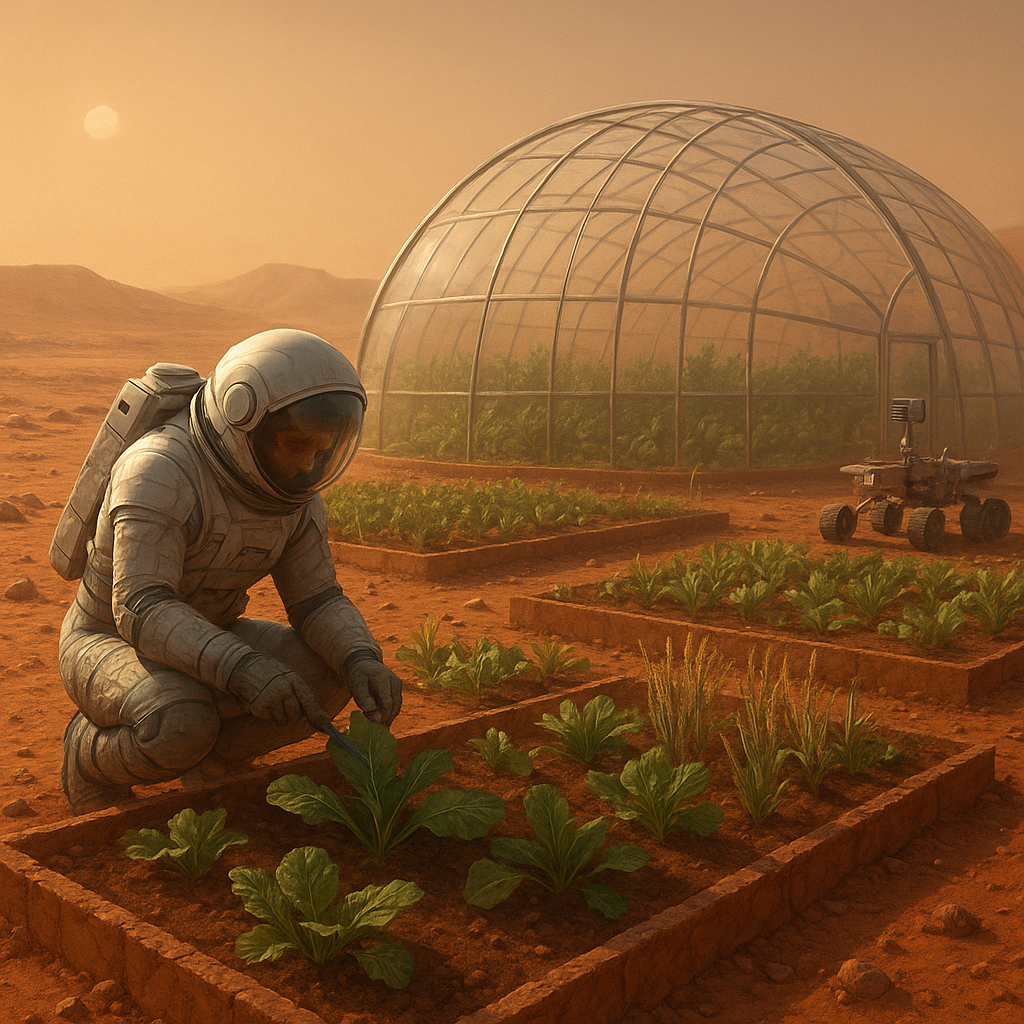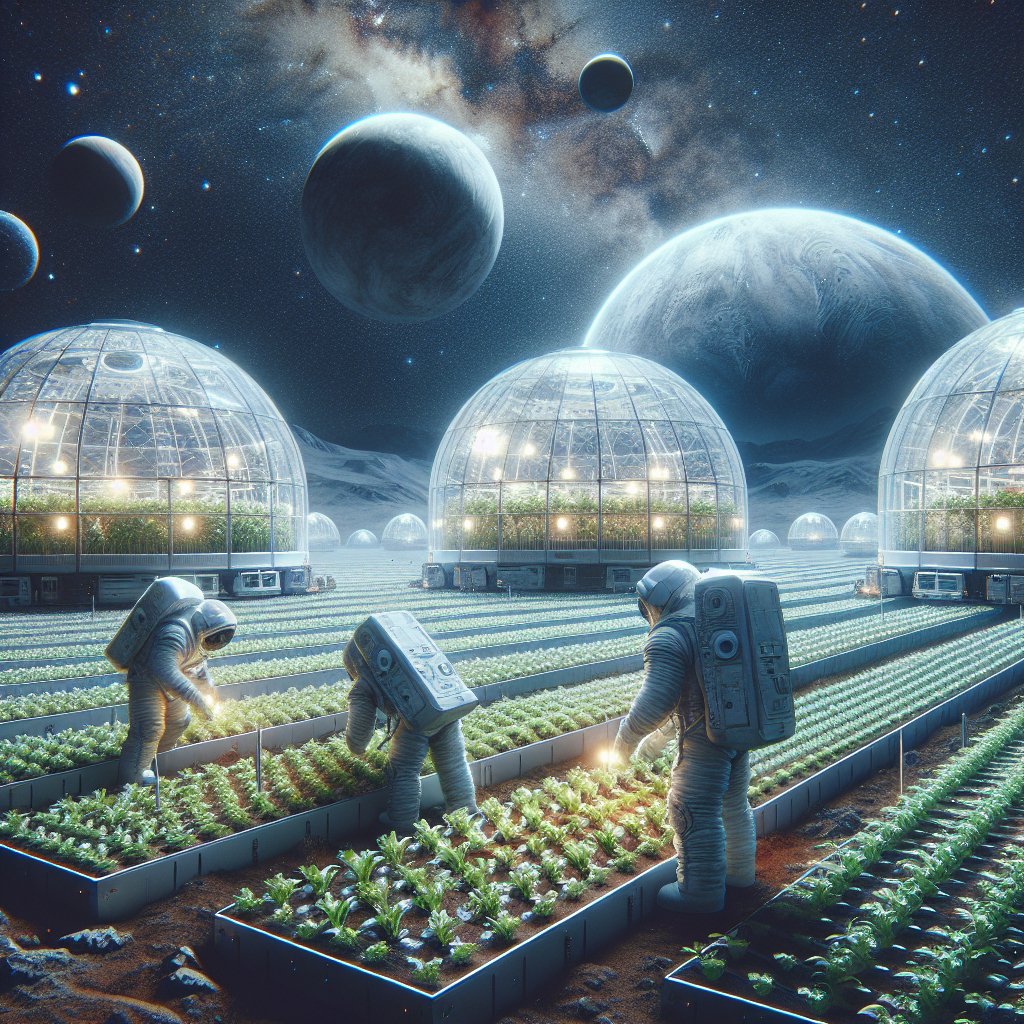Growing vegetables in space has become a fascinating intersection of agriculture and space exploration, revealing not only the potential for sustainable food sources beyond Earth but also the challenges and innovations that come with cultivating life in a microgravity environment. As humanity looks toward long-duration missions to Mars and beyond, understanding how to grow food in space is crucial for the health and well-being of astronauts. This article explores the advancements made in space agriculture, the techniques employed, and the implications for future space missions.
The Importance of Space Agriculture
As we venture further into the cosmos, the need for sustainable food sources becomes increasingly critical. Traditional methods of food production are not feasible in space due to the lack of arable land, water scarcity, and the challenges posed by microgravity. Therefore, developing efficient agricultural systems that can operate in space is essential for several reasons:
- Nutrition: Fresh vegetables provide essential vitamins and minerals that are crucial for maintaining astronaut health during long missions.
- Psychological Well-being: The act of gardening and consuming fresh produce can have positive effects on mental health, helping to alleviate the stress of isolation in space.
- Resource Efficiency: Growing food in space reduces the need for resupply missions from Earth, which can be costly and logistically challenging.
- Life Support Systems: Plants can play a vital role in recycling carbon dioxide and producing oxygen, contributing to life support systems in spacecraft and habitats.
Techniques and Innovations in Space Farming
Over the past few decades, various space missions have tested different methods of growing plants in microgravity. These experiments have provided valuable insights into plant biology and the adaptations necessary for successful cultivation in space. Some of the key techniques and innovations include:
Hydroponics and Aeroponics
Hydroponics, the method of growing plants in nutrient-rich water, has been a focal point of space agriculture research. This technique allows for efficient use of water and nutrients, making it ideal for the limited resources available in space. Aeroponics, a variation of hydroponics, involves misting the roots of plants with nutrient solutions, further reducing water usage and promoting faster growth.
LED Lighting
In the absence of natural sunlight, artificial lighting is essential for plant growth in space. Researchers have experimented with various types of LED lights to optimize growth conditions. Different wavelengths of light can influence plant growth, flowering, and nutrient content, allowing for tailored lighting solutions that maximize yield and quality.
Growth Chambers
Controlled environment growth chambers have been developed to simulate optimal conditions for plant growth. These chambers regulate temperature, humidity, and light, creating a stable environment for plants to thrive. The Veggie experiment aboard the International Space Station (ISS) is one such initiative that has successfully grown a variety of crops, including lettuce and radishes, in a controlled setting.
Genetic Engineering
Advancements in genetic engineering have opened new avenues for enhancing plant resilience and growth in space. Scientists are exploring the potential of genetically modified organisms (GMOs) that can withstand the unique stresses of microgravity, such as altered nutrient uptake and changes in water availability. These innovations could lead to the development of crops specifically designed for space environments.
Lessons Learned from Space Farming Experiments
The experiments conducted aboard the ISS and other space missions have yielded valuable lessons that extend beyond the realm of space agriculture. Some of the key findings include:
- Plant Growth in Microgravity: Research has shown that plants can grow in microgravity, but their growth patterns differ from those on Earth. For instance, roots may not orient downward as they do on Earth, leading to unique adaptations in root structure.
- Water Management: Water behaves differently in microgravity, forming floating globules rather than pooling. This necessitates innovative irrigation systems that ensure plants receive adequate moisture without wasting resources.
- Soil Alternatives: Traditional soil is not practical in space. Researchers have explored various soil alternatives, including coconut coir and peat moss, which provide the necessary structure and nutrients for plant growth.
- Crop Selection: Certain crops have proven more successful than others in space environments. Fast-growing, nutrient-dense plants like lettuce and mustard greens have been favored for their quick turnaround and nutritional value.
Future Implications for Space Exploration
The knowledge gained from growing vegetables in space has far-reaching implications for future space exploration. As missions to Mars and beyond become a reality, the ability to cultivate food in extraterrestrial environments will be paramount. Some potential future applications include:
Colonization of Other Planets
As humanity considers the colonization of Mars and other celestial bodies, the establishment of sustainable agricultural systems will be essential. Understanding how to grow food in different soil compositions and atmospheric conditions will be crucial for long-term survival and self-sufficiency.
Closed-Loop Life Support Systems
Integrating plant growth into closed-loop life support systems can enhance the sustainability of space habitats. By recycling waste products and utilizing plants for oxygen production and carbon dioxide absorption, future missions can create more efficient and resilient ecosystems.
Inspiration for Earth Agriculture
The innovations and techniques developed for space agriculture may also have applications on Earth, particularly in areas facing food security challenges. Hydroponics and aeroponics are already being adopted in urban farming initiatives, providing fresh produce in areas with limited arable land.
Conclusion
The journey of growing vegetables in space has just begun, but the lessons learned so far are paving the way for a future where food production is not limited to our home planet. As we continue to explore the cosmos, the integration of agriculture into space missions will be vital for sustaining human life beyond Earth. The innovations and research conducted in this field not only enhance our understanding of plant biology but also inspire new approaches to agriculture on our planet. With each successful crop grown in space, we take one step closer to a future where humanity can thrive among the stars.




